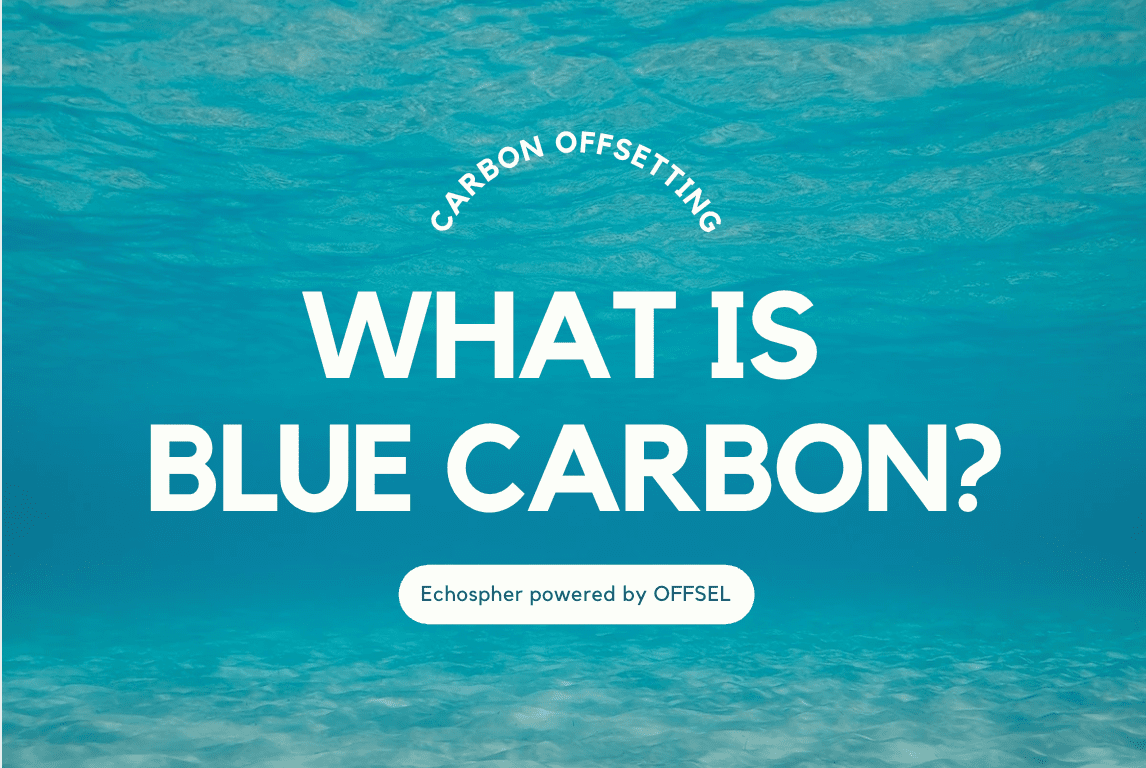What is the Carbon Pricing?
- CO2-reduction

Carbon pricing is a pivotal strategy in the fight against climate change.
By assigning a monetary value to the emission of greenhouse gases (GHGs), it aims to incentivize businesses and individuals to reduce their carbon footprints.
This approach not only internalizes the environmental cost of carbon emissions but also fosters a shift towards more sustainable practices and technologies.
Table of Contents
What is Carbon Pricing?
Carbon pricing involves setting a cost for carbon emissions, effectively making it more expensive to pollute. The main goal is to encourage polluters to reduce their emissions by making it financially beneficial to do so. There are two primary mechanisms for carbon pricing:
Carbon Tax
A direct tax imposed on the carbon content of fossil fuels. This tax is straightforward to administer and provides a clear price signal. By taxing carbon emissions, it discourages the use of high-carbon fuels and encourages energy efficiency and cleaner alternatives.
Cap-and-Trade (Emissions Trading System)
A system where a government sets a cap on the total level of GHG emissions and issues permits to polluters that allow them to emit a certain amount of carbon dioxide.
Companies can trade these permits in a market, providing economic incentives for reducing emissions. Companies that reduce their emissions can sell their excess permits to those that need more, thus encouraging cost-effective emissions reductions.
>Read more about Cap-and-Trade
Global Adoption of Carbon Pricing
European Union (EU)
The EU Emissions Trading System (EU ETS) is the largest and longest-running cap-and-trade program in the world. Launched in 2005, the EU ETS covers over 11,000 power plants and industrial facilities in 31 countries.
It has significantly contributed to reducing emissions in the region, setting a model for other countries to follow.
Canada
Canada employs a federal carbon pricing policy that includes both a carbon tax and a cap-and-trade system. Provinces and territories can choose between implementing their own carbon pricing system or adopting the federal “backstop” option.
British Columbia’s carbon tax, introduced in 2008, is one of the most notable examples, starting at CAD $10 per ton of CO2 and gradually increasing to CAD $50 per ton by 2022.
China
In 2021, China launched its national Emissions Trading System, covering the power generation sector.
As the world’s largest emitter of GHGs, this system’s potential impact is significant. While still in its early stages, the inclusion of more industries is planned, which could make it the largest carbon market globally.
United States
While the U.S. does not have a federal carbon pricing policy, several states have implemented their own systems. California’s cap-and-trade program, established in 2013, is one of the most comprehensive in the country, covering multiple sectors and linking with Quebec’s system.
The Regional Greenhouse Gas Initiative (RGGI), a cooperative effort among Northeastern and Mid-Atlantic states, is another example of a successful cap-and-trade program.
Pros and Cons of Carbon Pricing
Pros
Emission Reductions
Carbon pricing directly incentivizes the reduction of greenhouse gas emissions, encouraging businesses and individuals to adopt cleaner technologies and practices. It provides a financial reason to cut down on emissions, leading to a decrease in overall pollution levels.
In addition, beyond reducing greenhouse gas emissions, carbon pricing helps in lowering air pollution and its associated health costs. It plays a critical role in helping countries achieve their international climate targets and commitments.
Cons
Economic Impact
There are concerns about the potential economic impact, especially on energy-intensive and trade-exposed industries.
Carbon pricing can lead to higher costs for these businesses, potentially resulting in “carbon leakage” where operations move to countries with less stringent regulations.
Establishing and maintaining a carbon pricing system can be administratively complex and costly. Ensuring accurate monitoring, reporting, and verification of emissions can be challenging, particularly in regions with limited administrative capacity.
Carbon pricing is a crucial tool in the global effort to combat climate change.
While there are challenges to its implementation, the benefits in terms of emission reductions and economic incentives for cleaner technologies are substantial. As more countries adopt and refine their carbon pricing mechanisms, the potential for significant global impact grows. By aligning economic incentives with environmental goals, carbon pricing can play a central role in driving the transition to a sustainable, low-carbon future.
CONTACT US
Please feel free to contact us at anytime.
We will get back to you as soon as we
can!
Editor
OFFSEL Owned by Erevista Inc, OFFSEL is specializes in Environmental issues, especially in carbon neutrality. We primarily provide the latest information on environmental energy.
Related articles
-

- CO2-reduction
-

- CO2-reduction
-

- CO2-reduction
-

- CO2-reduction
